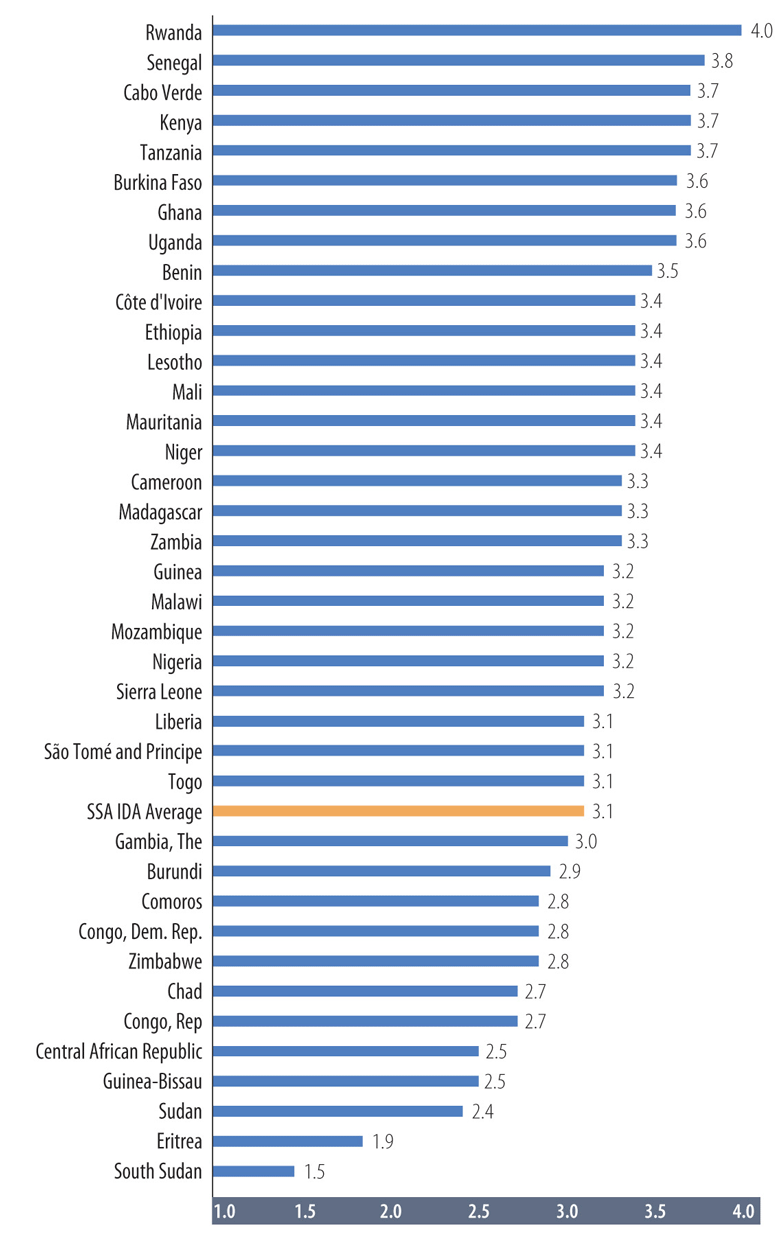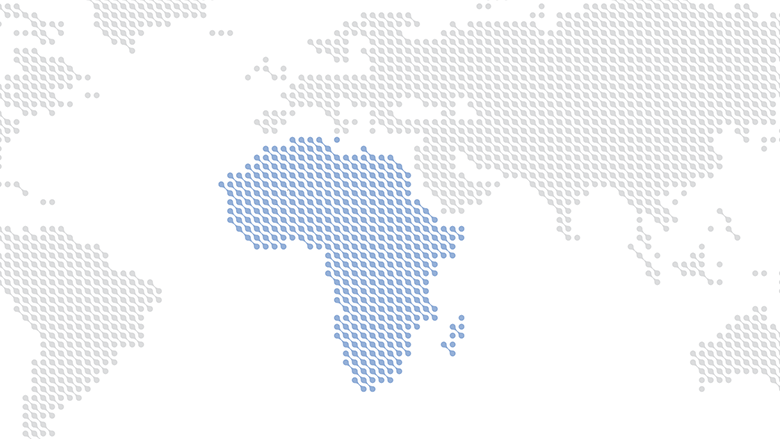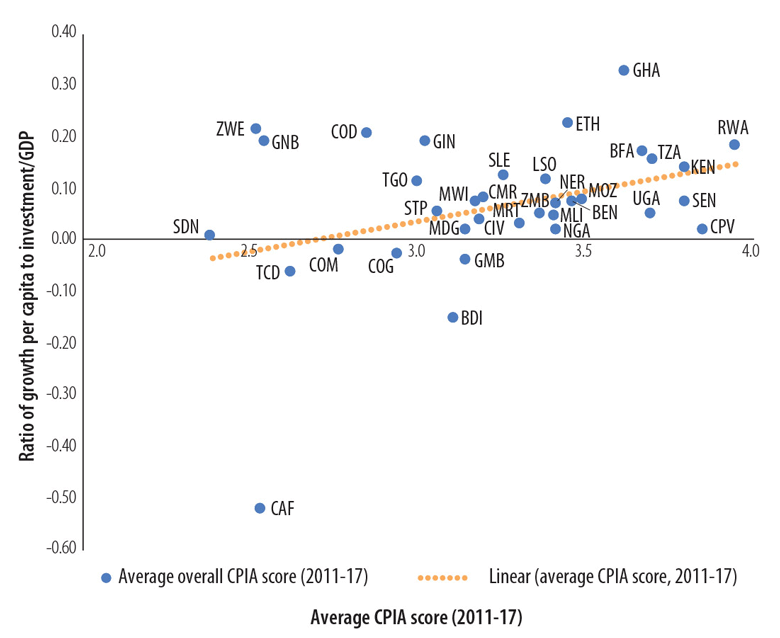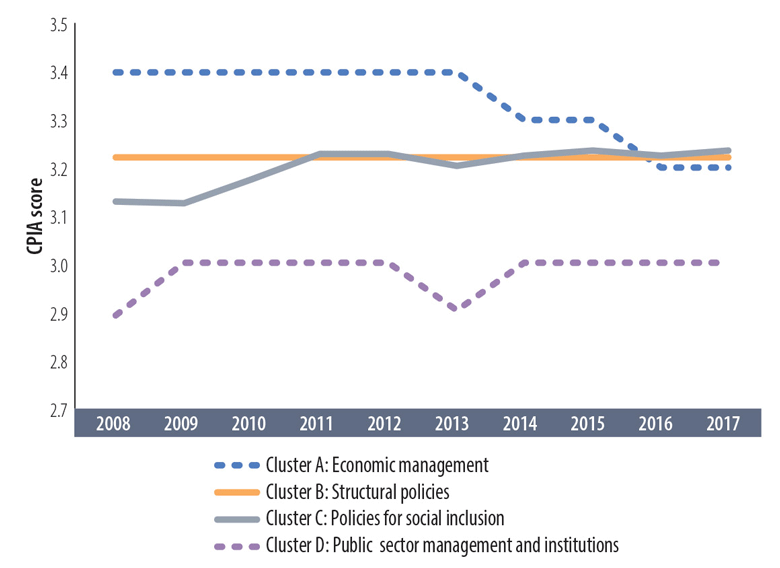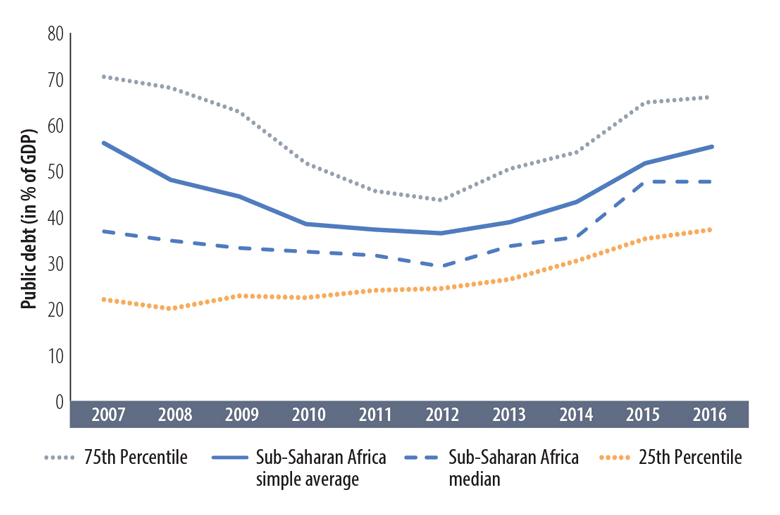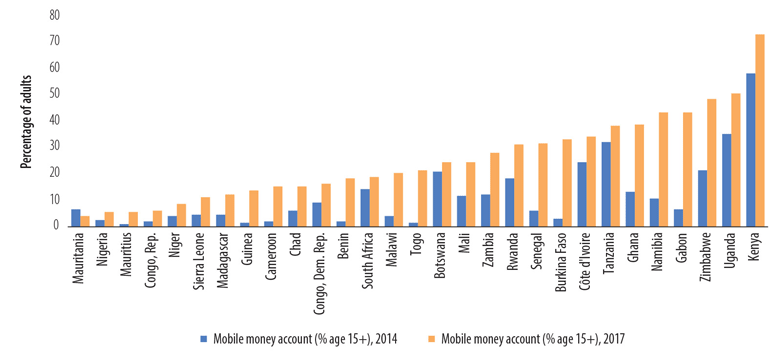The Country Policy and Institutional Assessment (CPIA) for Africa is an annual diagnostic tool which measures the quality of policies and institutional frameworks, and their ability to support sustainable growth and poverty reduction. The report provides scores for 16 criteria for each country and an overall regional score, which informs governments of the impact of the country’s efforts to support favorable growth and poverty reduction. It also helps determine the size of the World Bank’s concessional lending and grants to low-income Sub-Saharan African countries.
Here are the top five highlights from the 2017 Africa CPIA:
Rwanda continues to be the top performer
Countries are rated on a scale of one (low) to six (high) for 16 dimensions reflecting four areas: economic management, structural policies, policies for social inclusion and equity, and public-sector management and institutions. In 2017, the regional Country Policy and Institutional Assessment (CPIA) score was 3.1. However, policy and institutional quality varied widely across the 38 International Development Association (IDA) borrowers in the region in 2017 (figure 1). Rwanda continued to lead at the regional level and globally, with a CPIA score of 4.0. Other countries at the high end of the regional score range were Senegal, with a score of 3.8, closely followed by Cabo Verde, Kenya, and Tanzania, all with scores of 3.7.
Overall CPIA Scores of Sub-Saharan African Countries (IDA), 2017
